slackercruster
No longer a newbie, moving up!
- Joined
- Jan 30, 2012
- Messages
- 761
- Reaction score
- 65
- Can others edit my Photos
- Photos OK to edit
I'd like to dedicate this test to the late Bob Pace...dye transfer printer par excellence!
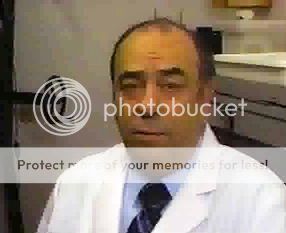
This is a shootout comparing a a $1.50 ink jet print (IJ) to a $250 Eastman Kodak dye transfer print (DT). It will cover IQ and dye stability against water as well as a few other areas of comparison. It does not cover dye stability against light. The dye stability light tests are under way and results will be done hopefully in December of 2012 and will be posted in a separate thread. But I will touch on some interim light stability results at the end of this report.
If your not familiar with dye transfer printing here is my previous post on that topic:
Remembering Dye Transfer Color Printing - PentaxForums.com
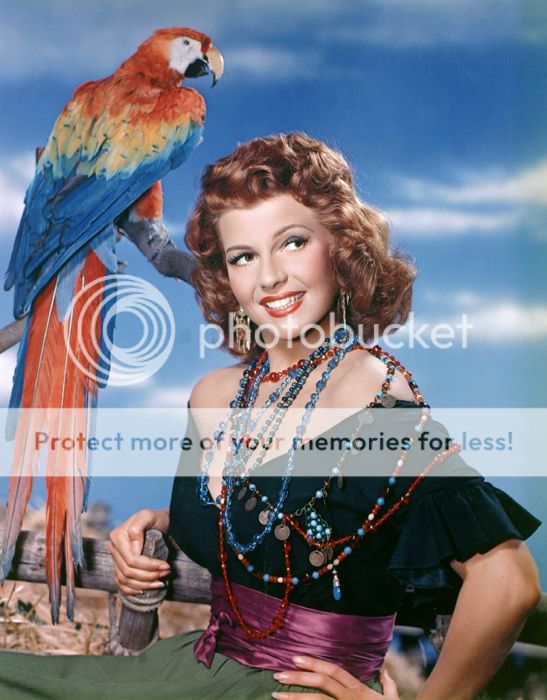
Circa 1940's Eastman Dye Transfer Print
Here is some background info on the shootout test:
First of all, there are no graphs and charts in this report. If your the scientific, over thinker type that likes lots of useless graphs and charts to convince you...stop reading now. Go do your own report and load it full of graphs and charts. I used actual photographs...photographs are what a photography deals with...not graphs and charts.
I worked with 3 DT prints to use in this test and 3 DT prints only. I did not work with dozens of prints and cherry pick the results. I scanned a DT print. Processed the resulting TIFF scan files into 3 exposures (+1,0,-1) with LR. Then turned the 3 images into 1 fused image using Photomatrix. (Now, I'm not talking freaked out tone mapping. I am talking about *invisible*, very slight HDR that just adds depth.) The fused image had to be toned down a notch to try and get a print that matched the DT in color, contrast and vibrancy.
Now, probably the same result may have been achieved with masking. But since I am new to digital PP, (3 months) and don't know much about masking I chose the HDR method that could help me achieve the closest comparison results with.
The scanned image had to be PP in this way since a normal scan just does not offer the depth of the original unless one does some PP on it. I used a Epson V700 scanner. Maybe a better scanner would yield better results? In any case, I am happy with the resulting scan image PP as being 95% in quality of the original. None of the images have been color corrected in any way. Only, cropping, exposure, contrast, fill light, blacks and vibrance have been adjusted to try and match prints.
I didn't have to tell you how the scans were produced. I am just trying to be up front with you and give you ALL the details I used in this shootout. In any case, less than 5 - 10 minutes PP have been done on any one image. All dye transfers used in the test have been tested and are authentic Eastman dye transfer prints.
It is very hard to scan an image and get it to reproduce close to the original. You can see in this example that the IJ section to the left reproduces the face, blue eyes and lipstick well, but the shadow / highlight detail is lacking from the DT section to the right.
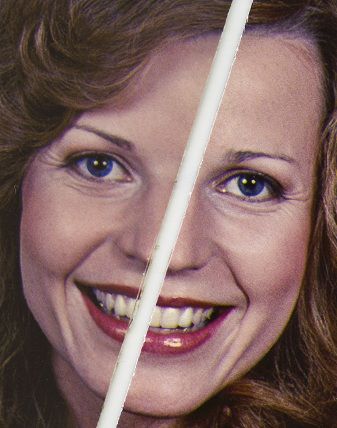
Scanning an original DT, then making an IJ print from that and marrying them both and scanning the resulting 1st and 2nd generation prints will never give a flawless match, unless someone spends a great amount of time trying to doctor the results. This test is not about trying to push the agenda of any one idea or goal. It is a down and dirty and most important accurate test between the 2 print media. So minimal PP was done.
Even the original DT's had to have some PP in order to make the scanned digital versions look as good on the monitor as they do in person. I'm sure any of the fair minded togs out there will agree...monitor viewing is one thing and holding the print in your hand to view in another thing.
Yet, the original IJ print that is on the left *does match* the 1978 vintage DT section on the right pretty perfect when viewed *in person* when the shadows are compared. It is only when scanned that the shadows and highlights suffer *unless* the scanned print image is processed with HDR to extend the shadow and highlight details.
I did not give the image below any PP HDR treatment to try and match it any better. I am just showing you this to illustrate the problems with this test. What may look good to the eye, does not scan as well. And if I did do anything else to the IJ, the two halves would not match when looking at it in person.
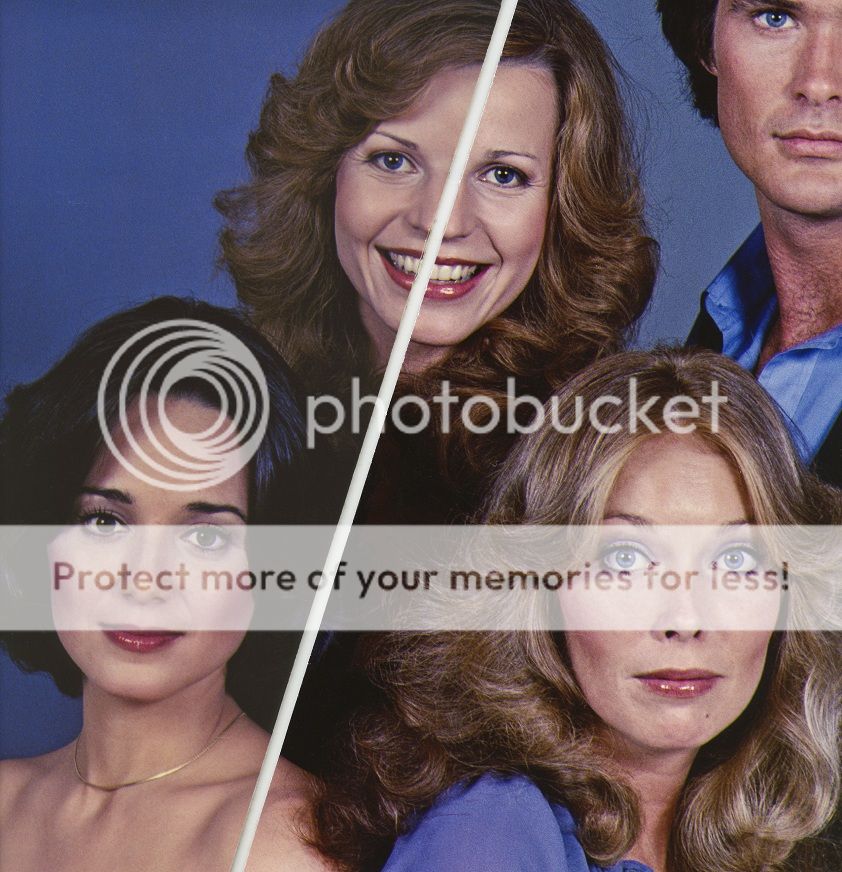
Print made by:
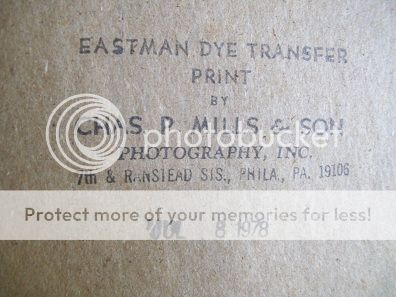
I discussed the PP technique I used in an earlier thread that announced my preliminary findings to get some feedback. In that announcement, some repliers scoffed at my findings due to 'doctoring' the images. Well, their claims are of no account. For either a printing media can reproduce the colors and luminance of the in-going image or not. It is not a concern with 'how' the in-going image was made. The 'only' concern is what the 'outgoing' image looks like. Now, if the test was about how close the V700 scanner could reproduce an image without any PP, then they would have a valid claim. But that is not the goal of this test. The goal was to see how close IJ compares to DT.
I could have taken the same scanned and PP image and printed it with Type R, Cibachrome or Type C and the results would have been crap compared to a DT print. So ink jet must have it 'within its capabilities' to start with in order to closely reproduce a DT print in all its glory. Without the 3 into 1 process, the scan of the dye transfer lacked some depth and transparency as shown in the photos above. (This again confirms my claim that you can get some HDR effects from 1 RAW image processed into 3 (+1, 0, -1) images with exposure adjustments in PP.)
Now, it would be no different if a DT man was rolling out a print and decided to double dye it to make the colors pop. Or use a frisket to change shadow details or highlights. Dodging and burning and all the rest are just print controls we all use to get the best image we can. Or even dropping out color to convert to BW.
The resulting ink jet prints made from that HDR 3 into 1 scanned image equaled the dye transfer print with IQ in my opinion and I have been around dye transfers since the early 1970's. I polled various people on the subject of comparisons between the IJ and DT prints. Now some preferred this or that print when it came to contrast. But when questioned in detail to compare the colors, results were 100% that the 2 media are about the same with color reproduction ability. And some even preferred the IJ over the DT print.
I used a Canon 5 ink color MG5220 printer from Walmart that cost $100. I used Epson 4 star pro paper. The printer was set to the highest quality printing setting.
The best way to have done this test would have been to spend a few thousand $$ for the finest Epson printers. Buy the Epson $700 ink packs and run a shootout with a hand rolled DT print and use the same the original chrome or negs used for DT to make the IJ print. But I was not able to do that. So this was what I came up with and the results were astounding...even with a $100 Walmart 5 ink printer.
So, if my half-ass setup will rival or equal the finest Eastman DT prints...I feel very comfortable making the claim that IJ prints will equal a traditional Eastman Kodak dye transfer print with IQ. And the facts are that an IJ print will surpass a DT print in many areas of comparison.
I had some problems with reproducing the comparison photos of the IJ vs the DT print for this report. Most of the prints are on glossy papers and the reflections were severe. If I had access to a process camera with vacuum frame I may have been able to do better. But since I had no such setup, I've decided to scan areas of the prints as well as the entire prints as a best way to show the comparison.
Here is a camera photo showing the glare issues in center of the print at the bottom while trying to do a comparison.
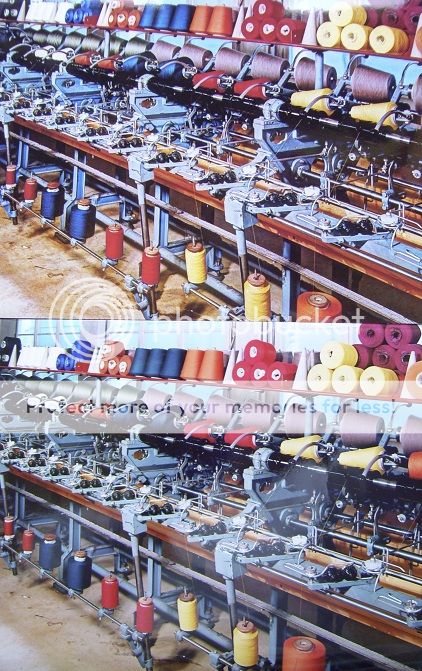
When you compare the prints, look for color reproduction. Sure a scan will not be as good as the original, but we can see from that reproduction that an IJ will reproduce the colors of a DT very exactly...even when handicapped with a middle man scan to deal with.
Here are the scanned prints to compare....one is a $1.50 IJ print and one is a $250 DT print...
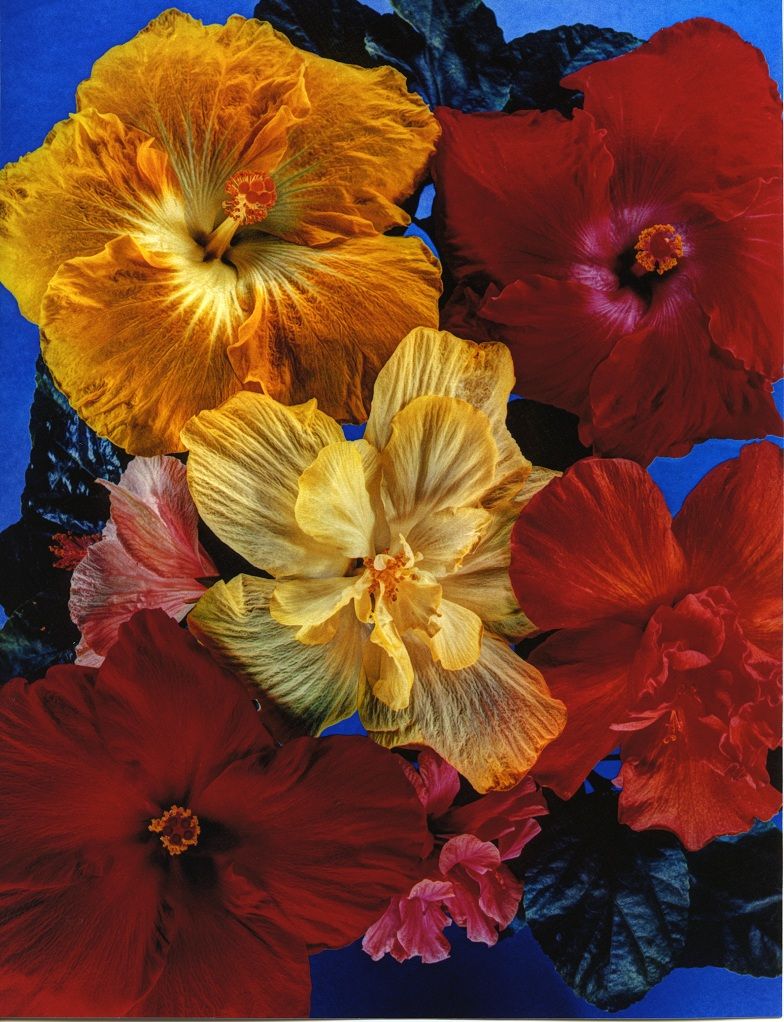
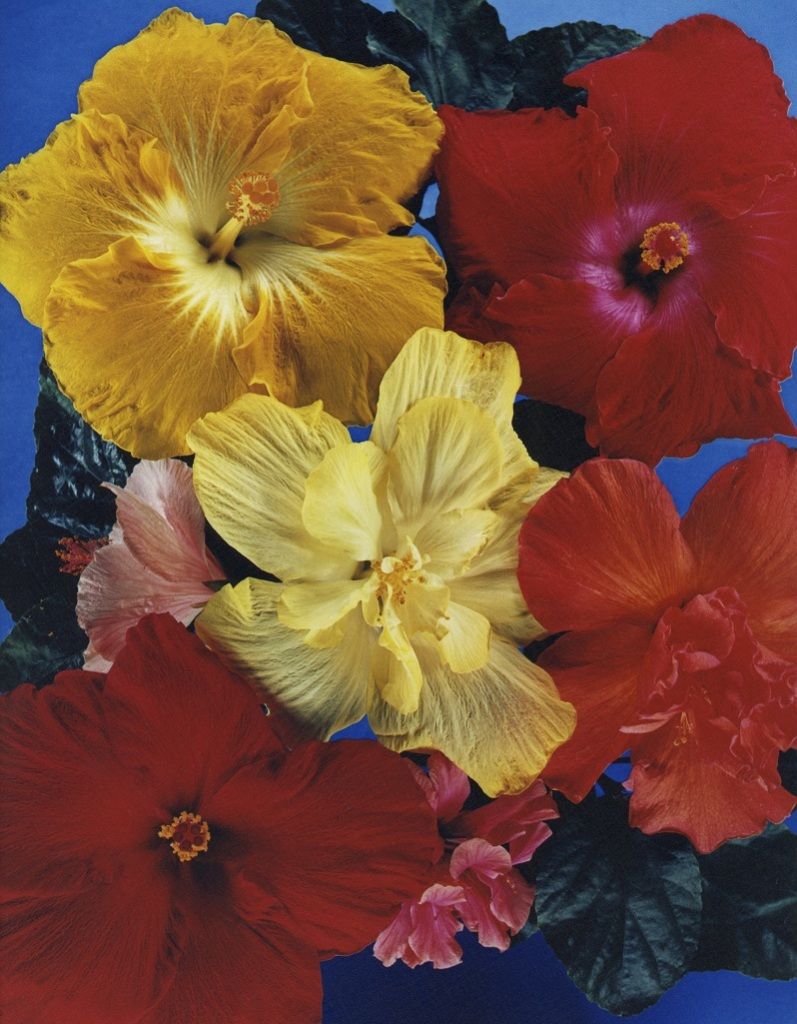
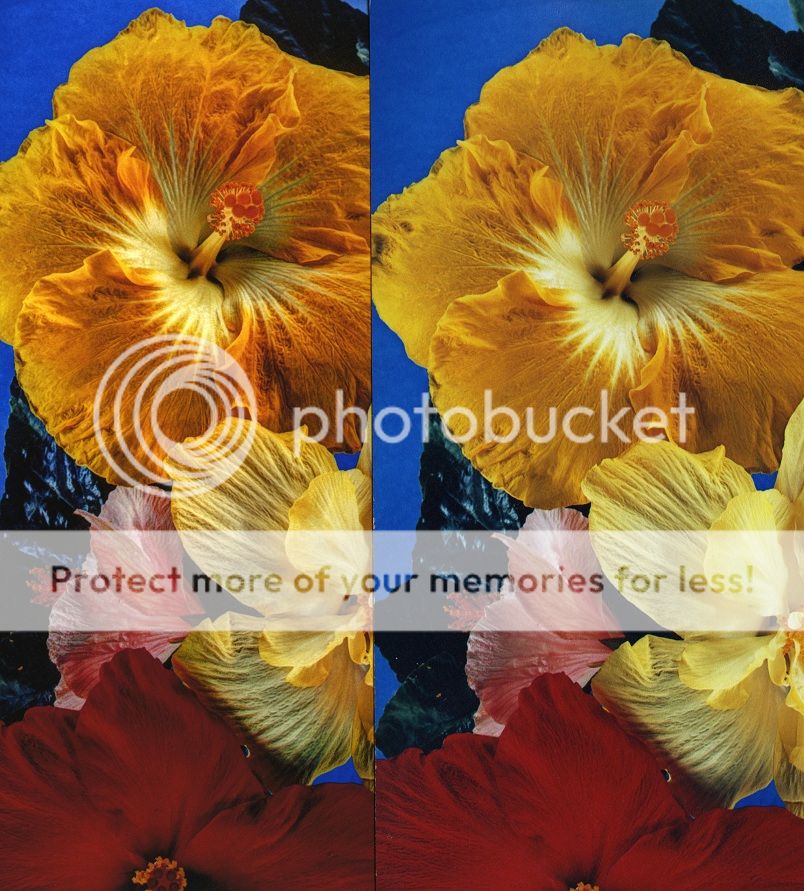
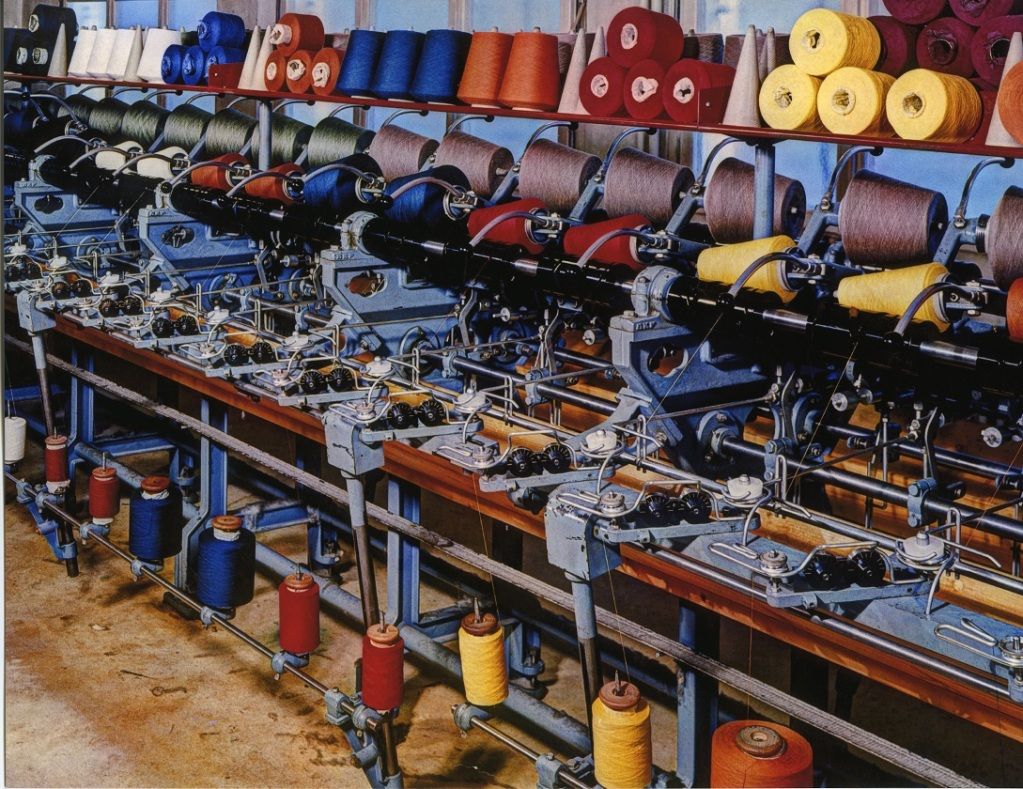
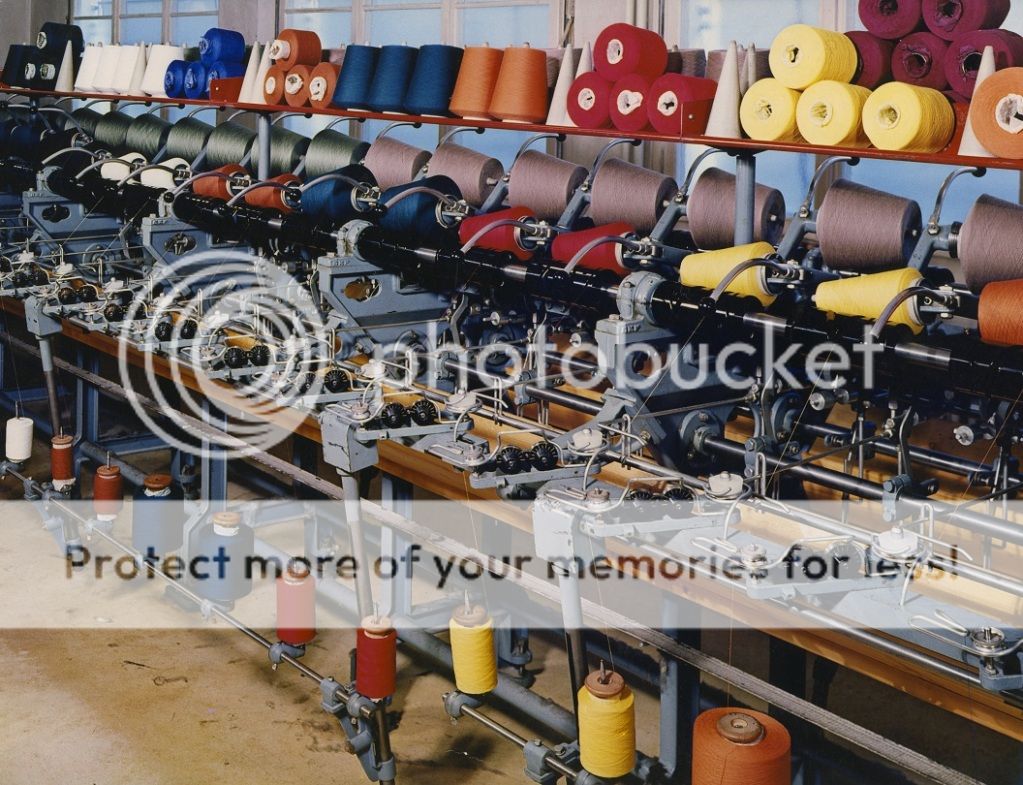
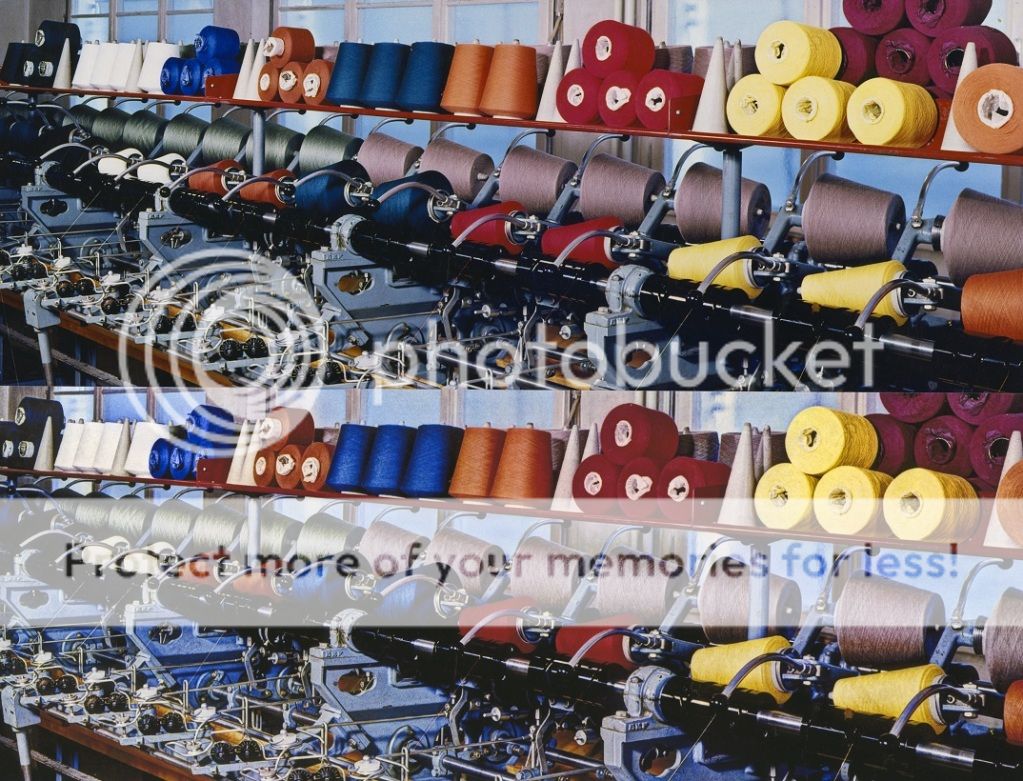
Dye transfer prints were made by Dean Child US Color Print Portland, OR circa early 1950's
Due to the number of scoffers that greeted my earlier announcement of my findings. I have decided not to waste my time doing a BW shootout with IJ vs silver prints. I've done enough experiments of my own with this topic to be satisfied with my findings. I'll leave that for someone else to do a public report. But I will offer one BW IJ image to wet your appetite.
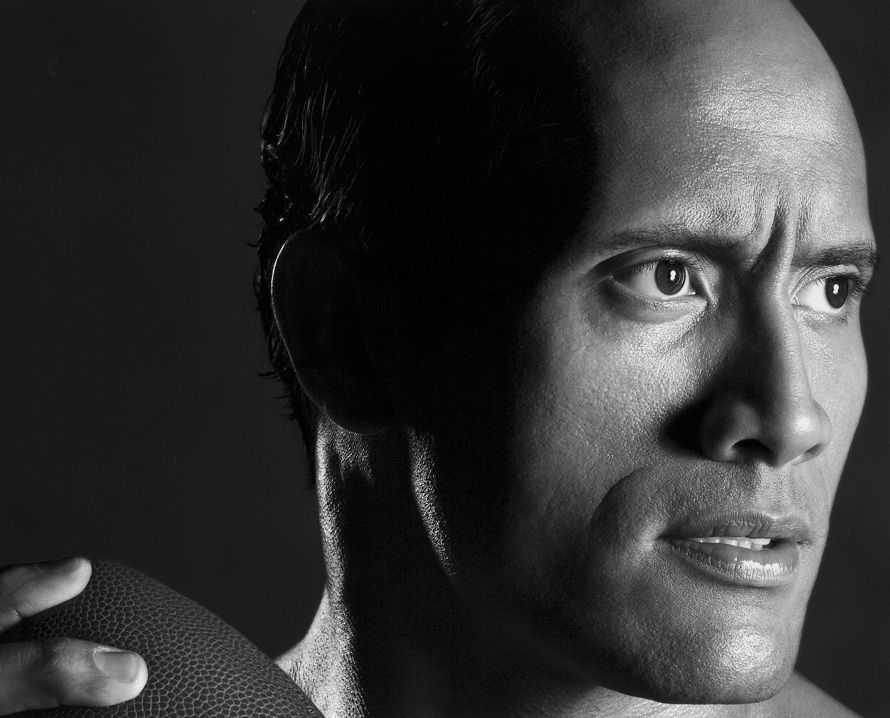
Printed with an Epson Stylus Pro 7900 / 9900 Epson Pro paper Photograph by Greg Gorman
Here is a fine 'machine made Epson dye transfer print' aka ink jet print.
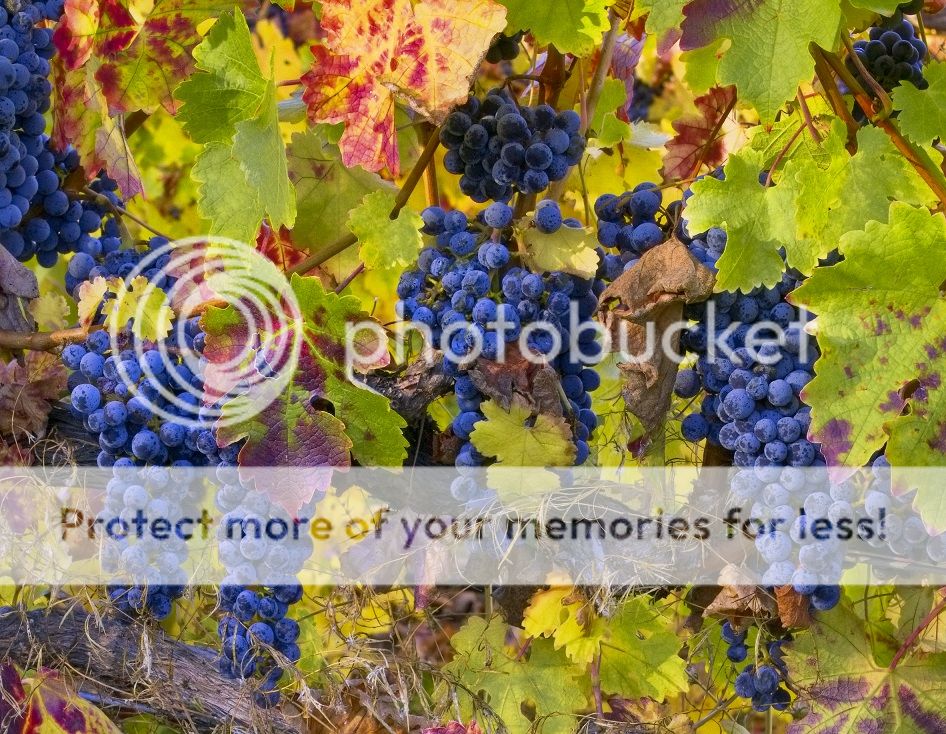
Printed with an Epson Stylus Pro 7900 / 9900 Epson Pro paper Photograph by Jospeh Holmes
Water Resistance Test
There is no contest between a DT and IJ with this test. When it comes to dye stability against water...IJ wins hands down. *As long as the IJ has been cured.* Different IJ media will require different curing times. But once the IJ has cured, DT can't come close to the water permanence of an IJ. But unless your prints are in a flood, this may not be of much import to you. (Note to the scientific over thinkers...cured does not mean lacquered or baked or radiated. Cured means AGED, so don't over analyze it. What I say is what I mean.)
Here are the results of 30 minutes and 24 hours of water immersion for a DT and IJ print. IJ sample is on left. The 2 thinner samples are DT's. Dots signify the water level the print was submerged in. We can see the massive dye loss of the DT print.
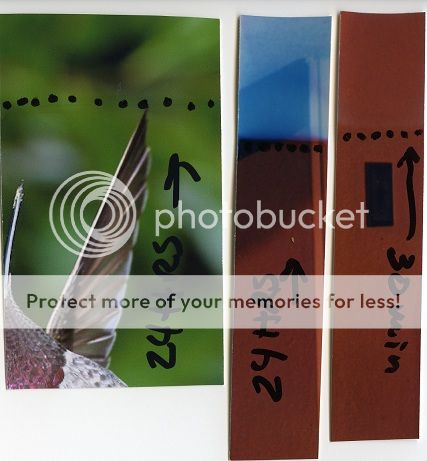
Economy
I wrote this is a shootout between a $1.50 IJ print and a $250 DT print. The facts are I am just guessing at the prices. The real cost may be $1.36 or $2.37 for the IJ print...I don't know the exact figure. The DT prints used in this report did not cost $250 at the time they were made. The figure used is for a current DT cost 'if' you could get one made. But any way you slice it...IJ is a bargain and is cheap as hell compared to a DT.
And really what you are getting with IJ is not an IJ, but a 'machine made dye transfer print.' Trad DT used matrices to transfer the dye. IJ uses a print head to spray the dyes. They both use CMY dyes with IJ adding Black dye as an improvement to the mix. So the term ink jet is kinda of a misnomer. A more accurate name would have be to call the prints an 'Epson Dye Transfer' or 'Canon Dye Transfer' print. Whatever technology that the machine made dye transfer was made with.
Timeliness and Work flow
A DT takes many hours to make a print. An IJ takes a few minutes to crank one out. Now, if you tweak the IJ, you can spend more time trying to perfect it. No argument there. And the papers used make a BIG difference with the final print. I've used some HP papers with non HP dyes and the resulting prints went straight in the trash....terrible results with mixing some of the technologies. So I'm not arguing that it may take longer than a couple of minutes to make a IJ print. But the bottom line is the two printing methods differ drastically when it comes to timeliness and work flow for producing print. And the IJ wins in a no contest match between the two printing methods.
Practicality
DT is more or less dead. Bottom line is you have no other choice than IJ
Ego
There is one area where the DT may win over the IJ print. That area is ego massaging ability. The DT is hand made, in the fact that it takes lots of human skill and time to make each DT print. The IJ print had lots of human skill and time put into the machine that cranks out a IJ, but that time and skill is not valued now and lost. So a DT print, because of the human investment, carries a more desirable label with it, even though it may be lacking some of the higher utility benefits that IJ prints offer.
We can see this same 'ego effect' in play when we ask the question of why anyone would spend $12,000 for a Leica camera and lens and not get any better pictures than they would get with a $2,000 camera? Or why anyone would pay $6000 for a stainless steel Rolex watch that does not keep as good time as my $200 Citizen Eco drive watch? The reason...ego massaging. (And I've owned almost a dozen Rolex's myself, until I didn't need to wear my self-worth on my wrist any longer and sold them all off.) So, the one area where the DT print may win over the IJ is that of ego massaging ability.
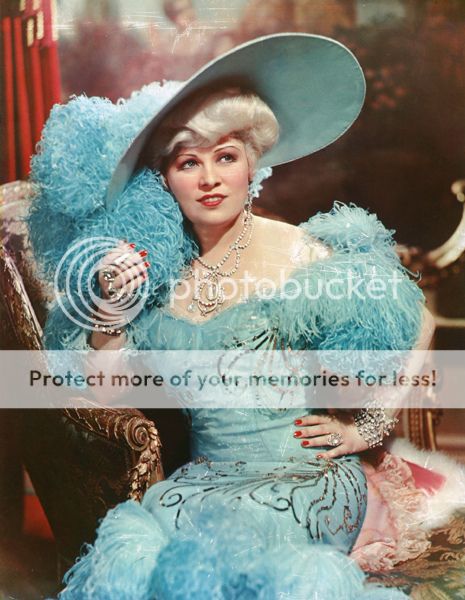
...one of the earliest Eastman dye transfer prints on record! Still going strong nearly 80 years after it was made!
Let me close with an interim update on my dye stability tests started on 6-15-2012...
I have not set out to attack or diminish the traditional Eastman dye transfer print. Personally I love dye transfer prints. But I wanted to do a test to see where current state of the art printing methods stacked up against the fabled dye transfer print. Even though I had made close to thousand ink jet prints myself using 5 different ink jet technologies and 14 or 15 types of papers - I went into into this test with an open mind. I knew ink jet prints were very good, but I had no idea how close the ink jet print was to a dye transfer print until I did a direct comparison shootout.
In my dye stability to light testing one of the dye transfers started to fade 6 weeks into the test in the yellow dye area. Pretty much all the rest of the media has shown to be color fast. Although I have not looked at the chrome and neg media. The fading yellow dye in question is of a 1950's vintage. Not known for excellent dye stability, so no surprise. But it did hold color fast in the dark for 60 years. None of the IJ yellows have faded from cursory checks.
So, IJ is leading the fade test over the DT. Final results will be posted around Dec / Jan covering about 20 different print and color imaging media with scans of all test media. (Sorry science freaks and over thinkers...no graphs, charts or luminometer readouts in that test either...just actual before and after photographs! And believe me Ctein...the pix are not only being 'cured' but are being 'baked like hell' in the sun as you read this!)
Respectfully submitted this 9th day of July, 2012,
Slackercruster

This is a shootout comparing a a $1.50 ink jet print (IJ) to a $250 Eastman Kodak dye transfer print (DT). It will cover IQ and dye stability against water as well as a few other areas of comparison. It does not cover dye stability against light. The dye stability light tests are under way and results will be done hopefully in December of 2012 and will be posted in a separate thread. But I will touch on some interim light stability results at the end of this report.
If your not familiar with dye transfer printing here is my previous post on that topic:
Remembering Dye Transfer Color Printing - PentaxForums.com

Circa 1940's Eastman Dye Transfer Print
Here is some background info on the shootout test:
First of all, there are no graphs and charts in this report. If your the scientific, over thinker type that likes lots of useless graphs and charts to convince you...stop reading now. Go do your own report and load it full of graphs and charts. I used actual photographs...photographs are what a photography deals with...not graphs and charts.
I worked with 3 DT prints to use in this test and 3 DT prints only. I did not work with dozens of prints and cherry pick the results. I scanned a DT print. Processed the resulting TIFF scan files into 3 exposures (+1,0,-1) with LR. Then turned the 3 images into 1 fused image using Photomatrix. (Now, I'm not talking freaked out tone mapping. I am talking about *invisible*, very slight HDR that just adds depth.) The fused image had to be toned down a notch to try and get a print that matched the DT in color, contrast and vibrancy.
Now, probably the same result may have been achieved with masking. But since I am new to digital PP, (3 months) and don't know much about masking I chose the HDR method that could help me achieve the closest comparison results with.
The scanned image had to be PP in this way since a normal scan just does not offer the depth of the original unless one does some PP on it. I used a Epson V700 scanner. Maybe a better scanner would yield better results? In any case, I am happy with the resulting scan image PP as being 95% in quality of the original. None of the images have been color corrected in any way. Only, cropping, exposure, contrast, fill light, blacks and vibrance have been adjusted to try and match prints.
I didn't have to tell you how the scans were produced. I am just trying to be up front with you and give you ALL the details I used in this shootout. In any case, less than 5 - 10 minutes PP have been done on any one image. All dye transfers used in the test have been tested and are authentic Eastman dye transfer prints.
It is very hard to scan an image and get it to reproduce close to the original. You can see in this example that the IJ section to the left reproduces the face, blue eyes and lipstick well, but the shadow / highlight detail is lacking from the DT section to the right.

Scanning an original DT, then making an IJ print from that and marrying them both and scanning the resulting 1st and 2nd generation prints will never give a flawless match, unless someone spends a great amount of time trying to doctor the results. This test is not about trying to push the agenda of any one idea or goal. It is a down and dirty and most important accurate test between the 2 print media. So minimal PP was done.
Even the original DT's had to have some PP in order to make the scanned digital versions look as good on the monitor as they do in person. I'm sure any of the fair minded togs out there will agree...monitor viewing is one thing and holding the print in your hand to view in another thing.
Yet, the original IJ print that is on the left *does match* the 1978 vintage DT section on the right pretty perfect when viewed *in person* when the shadows are compared. It is only when scanned that the shadows and highlights suffer *unless* the scanned print image is processed with HDR to extend the shadow and highlight details.
I did not give the image below any PP HDR treatment to try and match it any better. I am just showing you this to illustrate the problems with this test. What may look good to the eye, does not scan as well. And if I did do anything else to the IJ, the two halves would not match when looking at it in person.

Print made by:

I discussed the PP technique I used in an earlier thread that announced my preliminary findings to get some feedback. In that announcement, some repliers scoffed at my findings due to 'doctoring' the images. Well, their claims are of no account. For either a printing media can reproduce the colors and luminance of the in-going image or not. It is not a concern with 'how' the in-going image was made. The 'only' concern is what the 'outgoing' image looks like. Now, if the test was about how close the V700 scanner could reproduce an image without any PP, then they would have a valid claim. But that is not the goal of this test. The goal was to see how close IJ compares to DT.
I could have taken the same scanned and PP image and printed it with Type R, Cibachrome or Type C and the results would have been crap compared to a DT print. So ink jet must have it 'within its capabilities' to start with in order to closely reproduce a DT print in all its glory. Without the 3 into 1 process, the scan of the dye transfer lacked some depth and transparency as shown in the photos above. (This again confirms my claim that you can get some HDR effects from 1 RAW image processed into 3 (+1, 0, -1) images with exposure adjustments in PP.)
Now, it would be no different if a DT man was rolling out a print and decided to double dye it to make the colors pop. Or use a frisket to change shadow details or highlights. Dodging and burning and all the rest are just print controls we all use to get the best image we can. Or even dropping out color to convert to BW.
The resulting ink jet prints made from that HDR 3 into 1 scanned image equaled the dye transfer print with IQ in my opinion and I have been around dye transfers since the early 1970's. I polled various people on the subject of comparisons between the IJ and DT prints. Now some preferred this or that print when it came to contrast. But when questioned in detail to compare the colors, results were 100% that the 2 media are about the same with color reproduction ability. And some even preferred the IJ over the DT print.
I used a Canon 5 ink color MG5220 printer from Walmart that cost $100. I used Epson 4 star pro paper. The printer was set to the highest quality printing setting.
The best way to have done this test would have been to spend a few thousand $$ for the finest Epson printers. Buy the Epson $700 ink packs and run a shootout with a hand rolled DT print and use the same the original chrome or negs used for DT to make the IJ print. But I was not able to do that. So this was what I came up with and the results were astounding...even with a $100 Walmart 5 ink printer.
So, if my half-ass setup will rival or equal the finest Eastman DT prints...I feel very comfortable making the claim that IJ prints will equal a traditional Eastman Kodak dye transfer print with IQ. And the facts are that an IJ print will surpass a DT print in many areas of comparison.
I had some problems with reproducing the comparison photos of the IJ vs the DT print for this report. Most of the prints are on glossy papers and the reflections were severe. If I had access to a process camera with vacuum frame I may have been able to do better. But since I had no such setup, I've decided to scan areas of the prints as well as the entire prints as a best way to show the comparison.
Here is a camera photo showing the glare issues in center of the print at the bottom while trying to do a comparison.

When you compare the prints, look for color reproduction. Sure a scan will not be as good as the original, but we can see from that reproduction that an IJ will reproduce the colors of a DT very exactly...even when handicapped with a middle man scan to deal with.
Here are the scanned prints to compare....one is a $1.50 IJ print and one is a $250 DT print...






Dye transfer prints were made by Dean Child US Color Print Portland, OR circa early 1950's
Due to the number of scoffers that greeted my earlier announcement of my findings. I have decided not to waste my time doing a BW shootout with IJ vs silver prints. I've done enough experiments of my own with this topic to be satisfied with my findings. I'll leave that for someone else to do a public report. But I will offer one BW IJ image to wet your appetite.

Printed with an Epson Stylus Pro 7900 / 9900 Epson Pro paper Photograph by Greg Gorman
Here is a fine 'machine made Epson dye transfer print' aka ink jet print.

Printed with an Epson Stylus Pro 7900 / 9900 Epson Pro paper Photograph by Jospeh Holmes
Water Resistance Test
There is no contest between a DT and IJ with this test. When it comes to dye stability against water...IJ wins hands down. *As long as the IJ has been cured.* Different IJ media will require different curing times. But once the IJ has cured, DT can't come close to the water permanence of an IJ. But unless your prints are in a flood, this may not be of much import to you. (Note to the scientific over thinkers...cured does not mean lacquered or baked or radiated. Cured means AGED, so don't over analyze it. What I say is what I mean.)
Here are the results of 30 minutes and 24 hours of water immersion for a DT and IJ print. IJ sample is on left. The 2 thinner samples are DT's. Dots signify the water level the print was submerged in. We can see the massive dye loss of the DT print.

Economy
I wrote this is a shootout between a $1.50 IJ print and a $250 DT print. The facts are I am just guessing at the prices. The real cost may be $1.36 or $2.37 for the IJ print...I don't know the exact figure. The DT prints used in this report did not cost $250 at the time they were made. The figure used is for a current DT cost 'if' you could get one made. But any way you slice it...IJ is a bargain and is cheap as hell compared to a DT.
And really what you are getting with IJ is not an IJ, but a 'machine made dye transfer print.' Trad DT used matrices to transfer the dye. IJ uses a print head to spray the dyes. They both use CMY dyes with IJ adding Black dye as an improvement to the mix. So the term ink jet is kinda of a misnomer. A more accurate name would have be to call the prints an 'Epson Dye Transfer' or 'Canon Dye Transfer' print. Whatever technology that the machine made dye transfer was made with.
Timeliness and Work flow
A DT takes many hours to make a print. An IJ takes a few minutes to crank one out. Now, if you tweak the IJ, you can spend more time trying to perfect it. No argument there. And the papers used make a BIG difference with the final print. I've used some HP papers with non HP dyes and the resulting prints went straight in the trash....terrible results with mixing some of the technologies. So I'm not arguing that it may take longer than a couple of minutes to make a IJ print. But the bottom line is the two printing methods differ drastically when it comes to timeliness and work flow for producing print. And the IJ wins in a no contest match between the two printing methods.
Practicality
DT is more or less dead. Bottom line is you have no other choice than IJ
Ego
There is one area where the DT may win over the IJ print. That area is ego massaging ability. The DT is hand made, in the fact that it takes lots of human skill and time to make each DT print. The IJ print had lots of human skill and time put into the machine that cranks out a IJ, but that time and skill is not valued now and lost. So a DT print, because of the human investment, carries a more desirable label with it, even though it may be lacking some of the higher utility benefits that IJ prints offer.
We can see this same 'ego effect' in play when we ask the question of why anyone would spend $12,000 for a Leica camera and lens and not get any better pictures than they would get with a $2,000 camera? Or why anyone would pay $6000 for a stainless steel Rolex watch that does not keep as good time as my $200 Citizen Eco drive watch? The reason...ego massaging. (And I've owned almost a dozen Rolex's myself, until I didn't need to wear my self-worth on my wrist any longer and sold them all off.) So, the one area where the DT print may win over the IJ is that of ego massaging ability.

...one of the earliest Eastman dye transfer prints on record! Still going strong nearly 80 years after it was made!
Let me close with an interim update on my dye stability tests started on 6-15-2012...
I have not set out to attack or diminish the traditional Eastman dye transfer print. Personally I love dye transfer prints. But I wanted to do a test to see where current state of the art printing methods stacked up against the fabled dye transfer print. Even though I had made close to thousand ink jet prints myself using 5 different ink jet technologies and 14 or 15 types of papers - I went into into this test with an open mind. I knew ink jet prints were very good, but I had no idea how close the ink jet print was to a dye transfer print until I did a direct comparison shootout.
In my dye stability to light testing one of the dye transfers started to fade 6 weeks into the test in the yellow dye area. Pretty much all the rest of the media has shown to be color fast. Although I have not looked at the chrome and neg media. The fading yellow dye in question is of a 1950's vintage. Not known for excellent dye stability, so no surprise. But it did hold color fast in the dark for 60 years. None of the IJ yellows have faded from cursory checks.
So, IJ is leading the fade test over the DT. Final results will be posted around Dec / Jan covering about 20 different print and color imaging media with scans of all test media. (Sorry science freaks and over thinkers...no graphs, charts or luminometer readouts in that test either...just actual before and after photographs! And believe me Ctein...the pix are not only being 'cured' but are being 'baked like hell' in the sun as you read this!)
Respectfully submitted this 9th day of July, 2012,
Slackercruster



![[No title]](/data/xfmg/thumbnail/31/31041-5783ca3812325c3201a2dd513def662d.jpg?1734159146)

![[No title]](/data/xfmg/thumbnail/41/41755-a922f39cc29ff8f6e66a197508bf99f3.jpg?1734176055)




![[No title]](/data/xfmg/thumbnail/37/37524-6c51828efbc2361f9cfed53f63f28aa2.jpg?1734170684)

